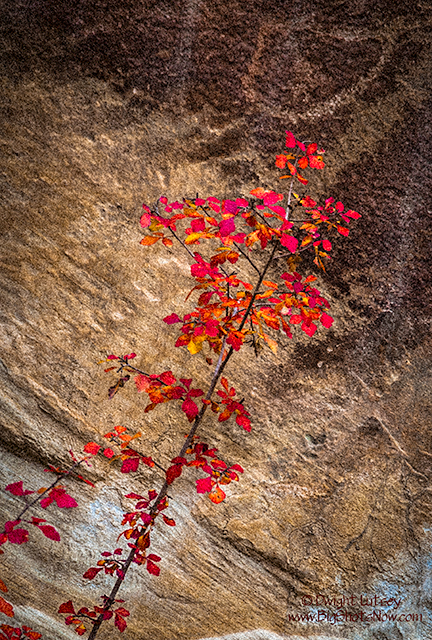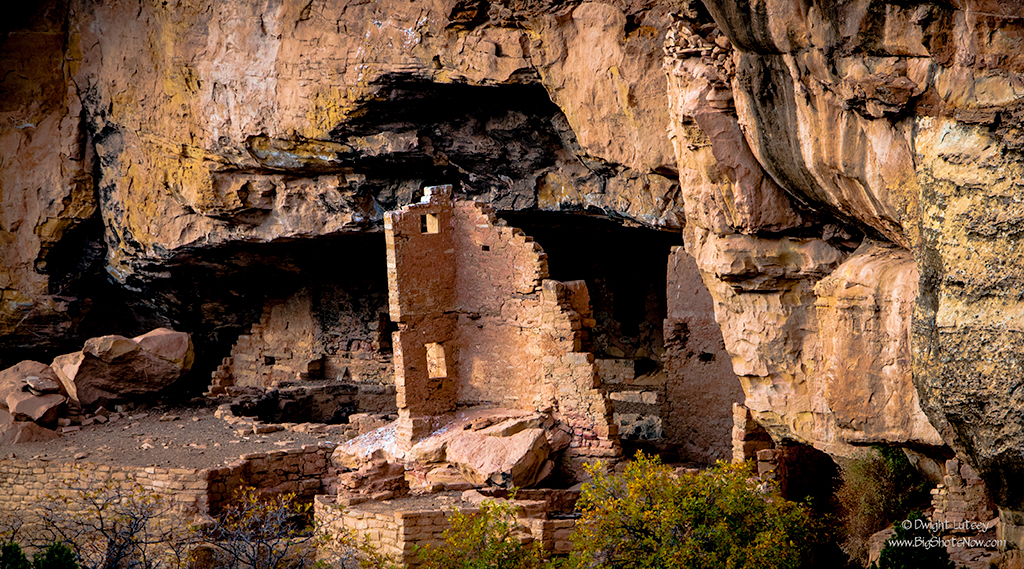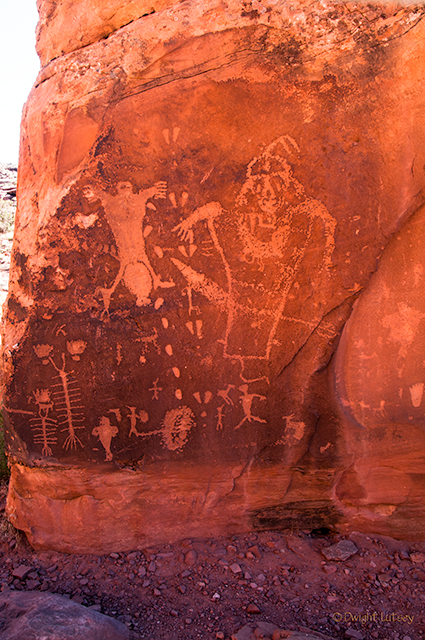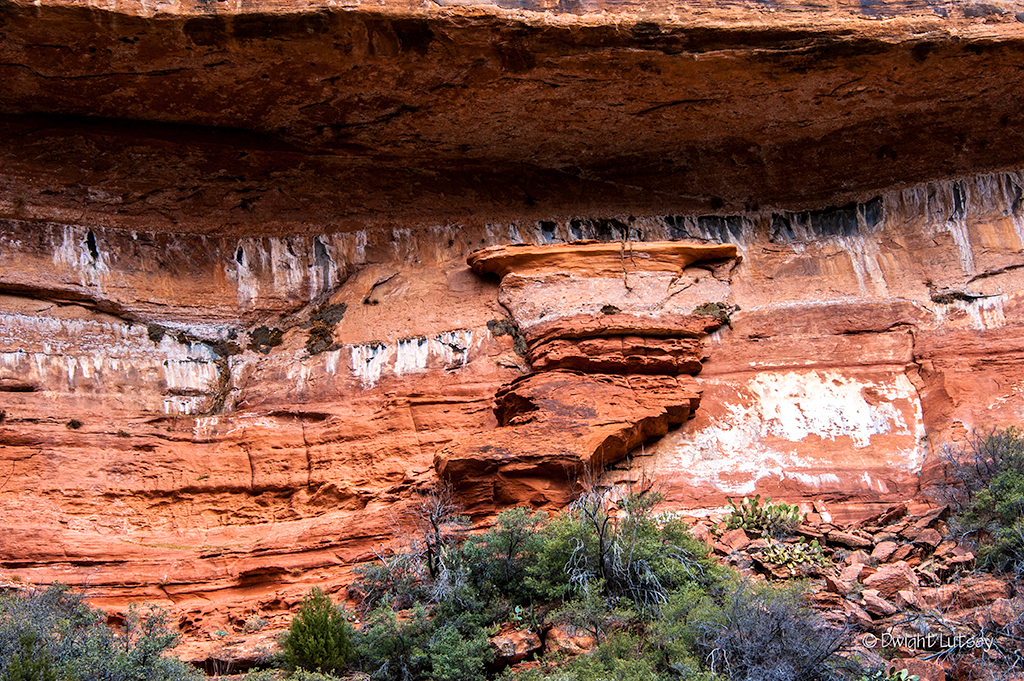While travelling the inner depths of Capitol Reef National Park we stumbled on to what we believe is one of the most significant finds in recent history as it relates to the progression of artistic skill in Anasazi rock art. This discovery is bound to shake the art world to its very core and set Art historians on a new path of understanding as to how the Anasazi went from being rock pounders to major artists.
If you remember your history you know that the smartest minds in the archaeology world could not begin to decipher Egyptian hieroglyphics. It was like Chinese arithmetic, really hard and it made their brains hurt, so many just gave up, feeling dumb and ashamed. They just went home, defeated. It wasn’t until some lucky guy found this stone called the Rosetta stone that had three different languages on it translating the same off-color joke into all the other languages. If we remember correctly the languages were Greek, a form of Inuit called “Inuktitut”, and of course hieroglyphics itself. That made it easy. A group of guys and one woman made up of Greek, Inuit and Egyptian scholars soon had the hieroglyphics translated and now practically anybody can just pick up something written in hieroglyphics and read it like it was yesterday’s obits. Because that was what most hieroglyphics were, stuff about dead kings, kings that were already dead, kings that were about to be dead, people who wanted to be king but changed their minds because they didn’t want to become dead, and so on. The obituaries of the day.
So what does this have to do with the art world you ask. Plenty. People who study petroglyphs, Anasazi rock art, have wondered for years “Why didn’t these guys ever get any better ?” Look at any rock depiction of Bighorn sheep. They all look exactly the same no matter when they were created. For like a hundred years these Anasazi petroglyph makers never changed how they created an image of a Bighorn sheep, or any other subject for that matter. You would think with all that practice they’d have gotten better by accident. But they didn’t. They just hammered away in the same old style.
Then the image above was taken showing what was to become the Rosetta Stone of the art world. On this newly discovered rock panel you can see there is a petroglyph in the upper right hand corner of one of the Anasazi’s favorites subjects, an undefined lump or something, maybe the start of another Bighorn sheep that they screwed up and just abandoned, (there is no erasing in Petroglyphs) and this splendid but remarkable painting of foliage in the style of Monet, Renoir, Mr. van Rijn, O’Keeffe. This was a quantum leap forward for the Anasazi, as it showed that at least one of them got sick to death of painting sheep.
*The Institute immediately sent in its crack team of art historians, restoration-ists, and gawkers to secure this painting and to analyze how it was done. They have slowly been taking this image apart piece by piece, picking at it with sharp things, rubbing it gently with 36 grit sandpaper to see what’s underneath, asking themselves “How did they do it? How did these Anasazi’s go from no-talent rock chippers to this level of sophistication without attending some prestigious art school?” The questions kept building the more they reduced this image to a mere shadow on the wall.
Some new facts were gleaned from this process. One was that the painting was done with brushes made of wooly mammoth hair wrapped onto a slender willow switch, and another was the paint was analyzed and found to be a combination of crushed berries which were used to create the Alizarin Crimson seen in the leaves, acrylic paint from the Artist Den, some off-brand oil paint of the type found at Hobby Lobby all bound together in a matrix of Toad fat. Our experts are still trying to come up with an explanation for the inconsistencies that this brings up, but these are smart people and they’ll come up with some plausible answers. After all their jobs depend on it.
While we are hard at work figuring out all this stuff so that you don’t have to, take a moment to study the image. See how wonderfully clear the artist created the leaves and stems. Look how every leaf conforms to the rock surface it was painted onto, yet shows the brilliant colors that make this image come alive. It ‘s hard to believe that this was painted 1100 years ago.
The Institute will be studying this image plus any more we find, to discover just what new stage in the art of the Ancients this led to. We’ll have those answers and more as this story unfolds. Stay tuned.
* Note: For those of you unfamiliar with The Institute and what it does, please see the page labeled The Institute on the Menu Bar above. That should explain everything. You shouldn’t have one single question remaining regarding The Institute after reading it. None. For those of you favored few who already know about the Institute, Nevermind. Return to your daily activities. Thank you for your support.







You must be logged in to post a comment.